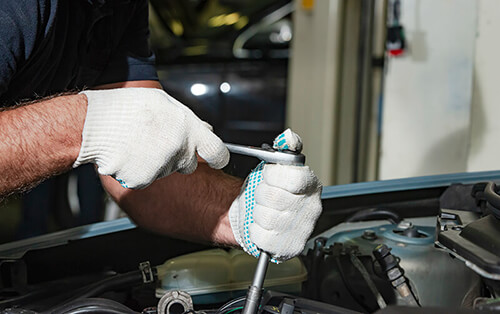What does the official service manual say? In Haynes manual it recommends the usage of anti-seize.
For many spark plug installations, I use to use a drop of motor oil on the threads. Worked for me, but I don't no more. Spark plugs are different these days, for our vans they come plated with a "miracle product" already in place on the plugs making a regular application of anti-seize redundant and actually a bit dangerous.
This silver or chrome-colored finish on the threads is designed to provide corrosion resistance against moisture and chemicals. The coating also acts as a release agent during spark plug removal.
Regardless of what anybody, or any Vehicle Manual says, spark plugs come with a torque spec and application instructions form the spark plug manufacturer itself as well as a warranty by non other than the spark plug manufacturer, not Haynes, not Chrysler, not by whoever says to use anti-seize because they have always done so.
Haynes says "it's a good idea to lightly coat the threads of the spark plugs with an anti-seize compound to ensure the spark plugs do not seize in the aluminum cylinder head". They say this without any reference to a plating already in place to do the same thing and better. Looks like they need to update their Manual.
It's funny, front wheel bearing hub assemblies commonly come with instructions saying "do not use an impact wrench for tightening". But watch a Mechanic and he/she is using an impact wrench for tightening, because they have always done it that way, plus to rush the job.
Now I know why NGK spark plugs recently moved to a measly 60 day warranty, Installers don't pay attention to their installation instructions. .

Since back about 2004 I haven't used anti-seize for initial installation of spark plugs. They go in dry and work just fine. Getting them back out hasn't been a problem either, especially when I use an impact wrench.

Note: The installation instructions for Champion spark plugs don't mention applying anti-seize.







